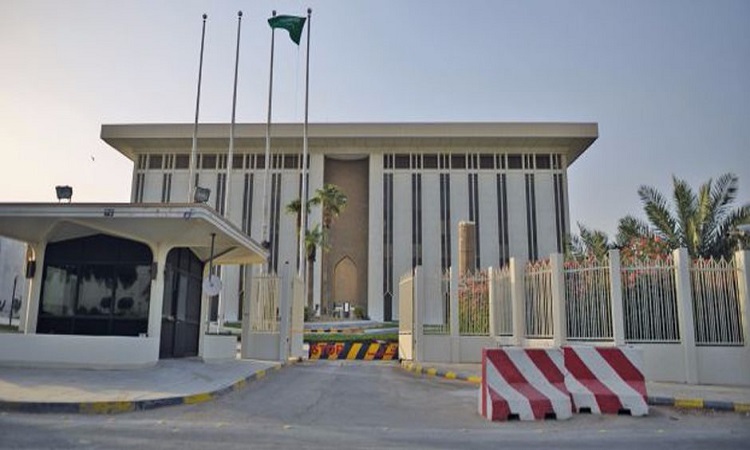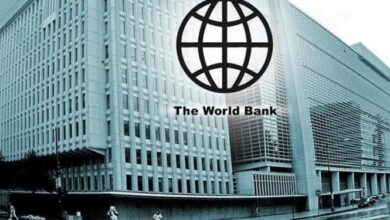Saudi Arabia faces the biggest liquidity crisis in a decade

Bloomberg revealed that Saudi Arabia is facing the largest liquidity crisis in more than a decade in light of the government’s failure to manage the country’s economy and the corruption increase.
The agency stated that the Saudi Central Bank recently provided $13 billion to cash-starved local banks in its quest to alleviate the worst liquidity crisis in more than a decade without an official announcement.
The agency stated that the Saudi government’s action reflects growing concerns about the excessive liquidity of banks in the Kingdom and its impact on the economy as the authorities look to mobilize capital to operate the stalled mega projects.
According to the agency, the bankers expected high oil prices to turn more quickly into government deposits that would ease the liquidity crisis. But the Saudi Ministry of Finance announced that the government would keep the excess oil revenues in its current account until next year.
Corresponding international reports confirmed that high inflation levels began to exacerbate the crisis of the Saudi economy amid government failure and a serious negative impact on the corrupt and reckless investments.
Reuters highlighted that inflation fears began to cast a shadow over the growth of the Saudi private sector, as the purchasing managers’ index for the economy fell to its lowest in three months.
The agency stated that the level of confidence in future business activity has fallen to the lowest level ever recorded in Saudi Arabia, which indicates a noticeable degree of uncertainty about the possibility of maintaining the rate of production growth in the private sector.
The S&P Global Saudi Arabia Purchasing Managers’ Index for the entire economy fell to 55.7 in April from 56.8 in March, its lowest reading in three months.
Saudi Arabia’s PMI pointed to another significant improvement in the health of the non-oil sector in April. Still, it also showed the first signs of price pressures affecting customers’ spending decisions.
The growth rate of new orders was the lowest since January, with some panellists citing a drop in sales due to recent fee increases.
The sub-production index also expanded at a solid pace that is still 59.7 in April, down from 62.4 in March and below the chain average of 61.3.
In light of higher commodity prices and global inflation concerns, the noticeable rise in production prices during April risked a further decline in sales in the coming months.
Business confidence in future activity levels fell to a three-month low and one of the lowest ever recorded, indicating a significant degree of uncertainty about whether the current rate of production growth can be maintained.
However, the sub-employment growth index swung in April after falling slightly below the 50 mark, separating growth from contraction in March. Growth was the fastest in 10 months, however marginal.
Bloomberg reported that Saudi Arabia is exposed to the risks of high inflation rates. The Kingdom has proven that it is not immune to the recent rise in global costs, even with the high oil prices currently strengthening its economy.
The agency stated that the growth of new orders in the Saudi private sector fell to its lowest level in April, and companies raised selling fees sharply to offset input costs, threatening to reduce sales further in the coming months.




